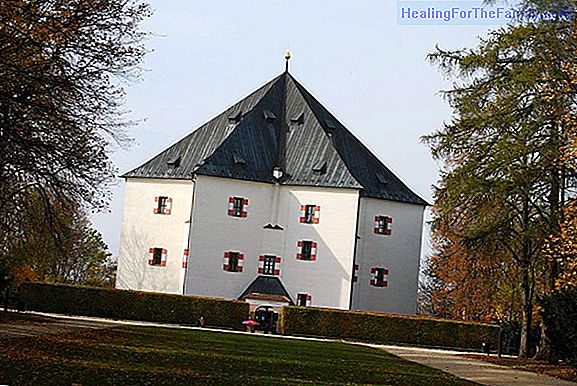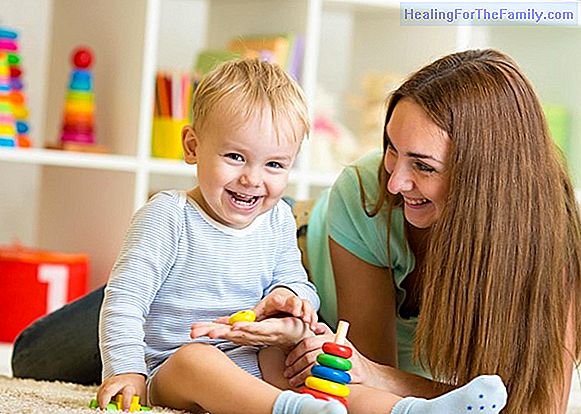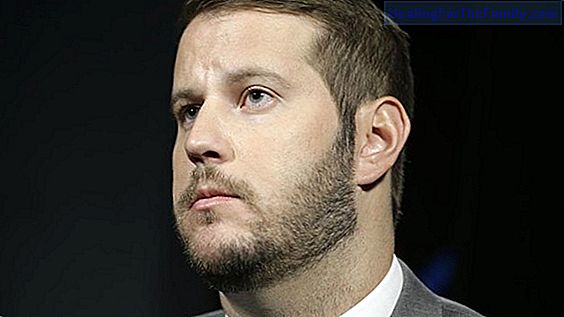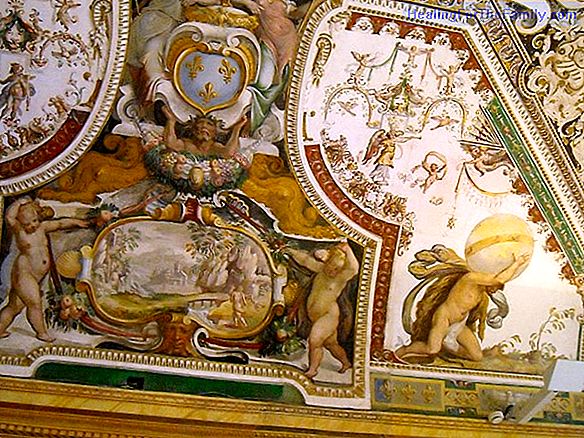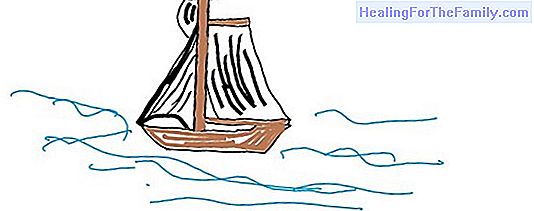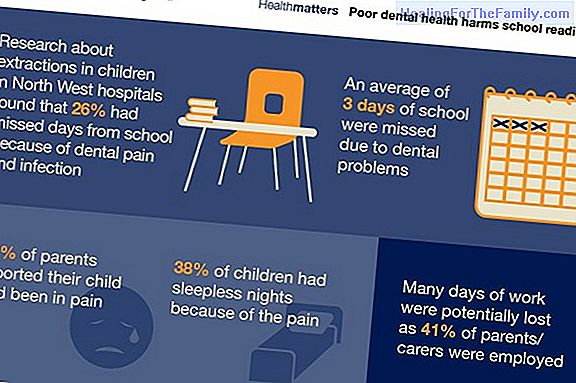Pilates for postpartum recovery
The postpartum or puerperium is the time that elapses until the woman returns to the state she had before pregnancy. During this time, the physiological, anatomical and endocrine changes that occurred during pregnancy will gradually return to normal. The type of birth that has taken place, condition
The postpartum or puerperium is the time that elapses until the woman returns to the state she had before pregnancy. During this time, the physiological, anatomical and endocrine changes that occurred during pregnancy will gradually return to normal.
The type of birth that has taken place, conditions the recovery a little. That is, a woman who has had a cesarean delivery or an episiotomy is not recovered as well as a woman who has not had to be operated on. Caesarean section and episiotomy involve longer recovery time because they are controlled surgical interventions where the musculature has been cut. The recovery time goes from six weeks to about six months, month above, month below, so that internal scars are well closed and allow a completely normal life.
What can the Pilates method do for a postpartum woman?

There is a method that can work from almost the first day, progressively, the entire abdominal system and the pelvic floor. This method is Pilates, whose base lies in the control of the "Powerhouse". This method, created by the German Joseph Humbertus Pilates, is based on the principles of the "mansion of power" (powerhouse), which is formed by the set of muscles composed of the obliques, the rectus abdominis, the diaphragm, the transverse and the pelvic floor musculature. Thanks to the Pilates method, you can learn to control them, to work them in their maximum length, to endow them with resistance and, at the same time, with elasticity.
The whole method is characterized by being a conscious system, where you learn to control and focus exactly how and where you want to contract and how you want to work your muscles, combining it with your breathing. The breath is also conscious. It is about performing a forced expiration after inhalation, thus achieving better oxygenation and an activation of all the muscles involved in "the power mansion". With it, from the first days, you can safely work the abdominal and perineal muscles without any effort.
Thanks to this method, women can recover before and better from their pregnancy, they can recover their figure, their pelvic floor preventing incontinence and their posture. After what is considered postpartum, women can also continue to benefit from this method. The pregnancy is over, but there is a new life that depends on them. Breastfeeding or giving a bottle, holding the baby, transporting it and the changes of the mother's sleep cycle conditioned to the baby's, suppose the mother a continuation of her important body and mental work. That is why, with Pilates, they can maintain a good physical condition, prevent or minimize back, shoulder or hand pain and relax. It will also help them feel good, maintain a good mood and the strength to adapt to their new life.

Marián Zamora Saborit
Physiotherapist. Pilates Technician
Psychomotorist in Early Childhood Education
Blog by Marián Zamora


